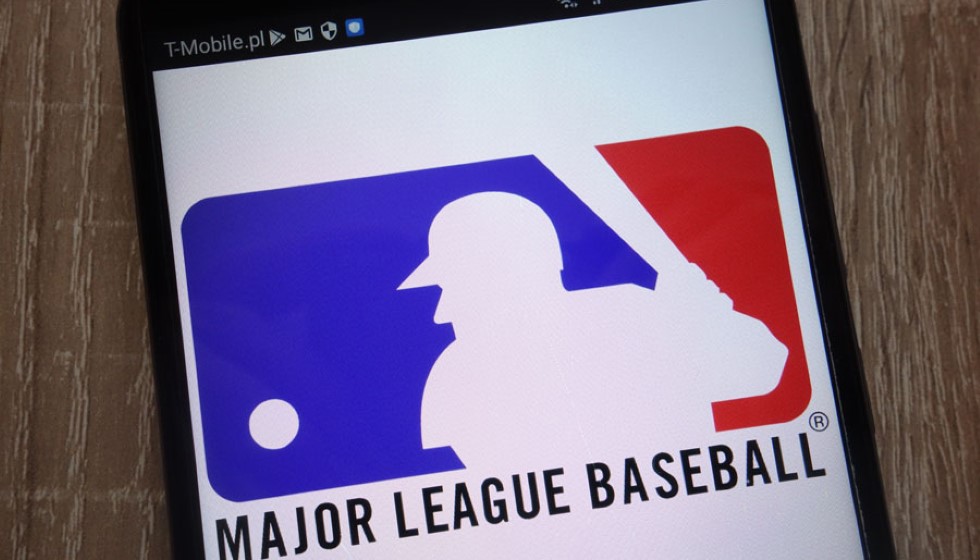
Milwaukee Brewers Secure Central Crown but Face Mulling Questions
The Milwaukee Brewers, traditionally considered a small-market powerhouse within Major League Baseball, have asserted their dominance in the National League Central yet again. Clinching the division title by a comfortable 10-game margin, the Brewers have showcased resilience and consistency over recent seasons. This victory marks their fourth division title in the past seven years, a testament to their sustained competitive edge in one of baseball's most challenging environments. The team has become a regular feature in the playoffs, making six appearances over the last seven seasons—a noteworthy achievement for a franchise often overshadowed by larger-market teams.
Leadership and Vision
The success of the Brewers can be attributed in part to the leadership of their owner, Mark Attanasio. With an estimated net worth of around $700 million, Attanasio has invested not just financially but also strategically in the team's growth and stability. General Manager Matt Arnold, speaking about the team's approach, emphasized agility and adaptability in their strategy. "We have to stay open-minded," Arnold stated, reflecting a willingness to evolve in a league dominated by financially stronger competitors.
Hedding Arnold's sentiments, the Brewers' status as "the smallest market in the league" necessitates a proactive and innovative approach to team building and sustainability. This reality requires the Brewers to maximize their resources effectively, making difficult decisions along the way.
The Devin Williams Dilemma
At the heart of current discussions is the future of All-Star closer Devin Williams. Since taking over the closer role in 2022 following the trade of Josh Hader, Williams has been a pivotal figure for the Brewers. His career statistics speak for themselves: a stellar ERA of 1.83, a WHIP of 1.02, and an impressive 375 strikeouts over 235 2/3 innings. It's no surprise, then, that Williams is attracting trade interest, putting the Brewers in a potential position to capitalize on his value.
However, moving an elite closer like Williams is not devoid of risks. He is an integral part of the Brewers’ bullpen, and any decision regarding his future must balance immediate competitive needs with long-term strategic planning. Williams, who is set to become a free agent after the 2025 season, represents both a significant asset and potential leverage for the Brewers in forthcoming deals.
Challenges and Strategic Decisions
During Williams' injury spell, which stretched until late July this past season, Trevor Megill stepped up admirably to fill the closer role. His performance underlines the depth within the Brewers' roster, yet it equally emphasizes the critical nature of Williams' contribution when fit. These internal dynamics add layers of complexity to any trade discussions, making it vital for the management to navigate carefully.
As the Brewers contemplate their next steps, it’s clear that maintaining their competitive edge requires shrewd decision-making. The ability to pivot and adapt, as highlighted by Arnold’s flexible approach, will be instrumental in steering the franchise through this phase.
A Bright, Yet Challenging Future
The path forward for the Brewers is laden with both opportunities and challenges. With their sights set on continued playoff appearances and further division titles, key decisions on player trades and acquisitions loom large. Fans and analysts alike will watch closely how these dynamics unfold, recognizing the inherent complexities faced by a small-market team in an ever-competitive league.
Amidst these considerations, the Brewers' journey reinforces their stature as a resilient and formidable team. Despite market size limitations, they have consistently delivered results that resonate well beyond Milwaukee, testament to the efforts of a dedicated ownership, visionary management, and a tenacious roster. This makes them a team not just to watch, but to potentially learn from in the evolving landscape of Major League Baseball.